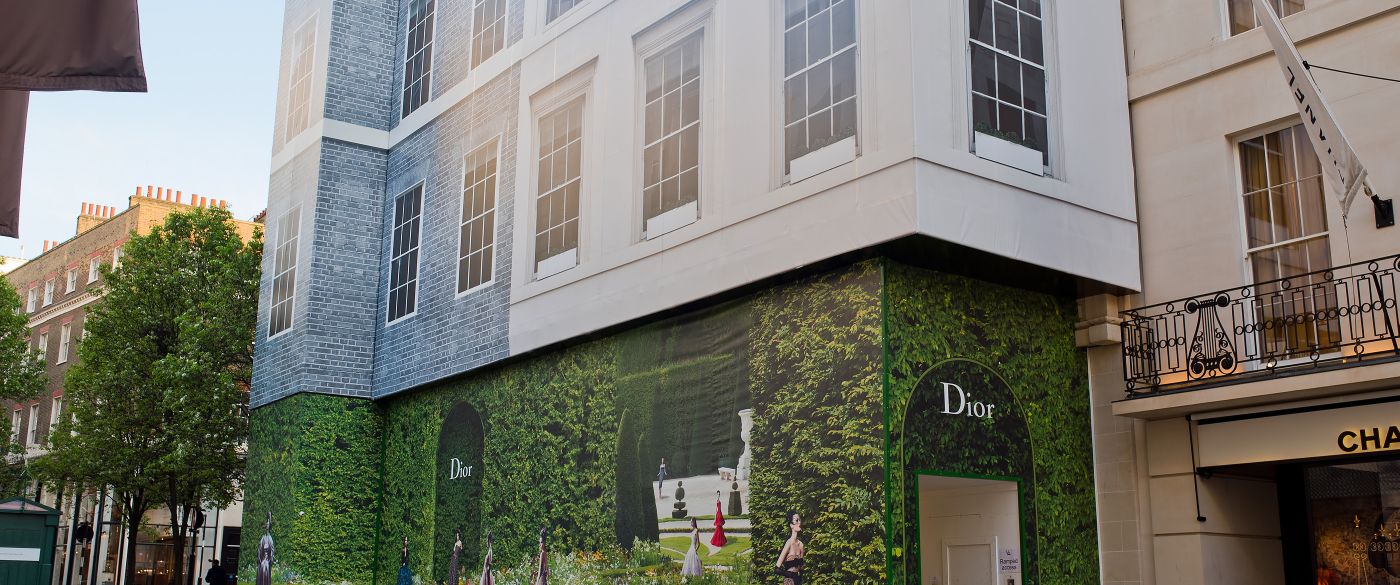01732 360 095
The construction industry’s drive towards considering lifetime structural performance, rather than just the cost of the construction itself, is having an impact on attitudes towards product selection and implementation.

Toby Champion, Commercial Director at Newton Waterproofing Systems, considers the motivations behind this, and the part that waterproofing has to play.
Whilst consideration of a structure’s lifetime performance has always been essential, it’s only in recent years that it has developed into a critical focus. The benefits of modern technology have resulted in industry-wide campaigns to implement new processes, such as BIM, with the goal of unlocking “more efficient methods of designing, creating and maintaining”(1) structures.
The campaign has significant support, both from industry institutions that are observing “significant efficiencies and improved asset value”(2), and from outsiders, including the Government’s drive to define “cross-Government principles for setting functional requirements based on whole life value for money and centred on performance”(3).
These straightforward benefits – improved efficiency, sustainability, cost and performance – reinforce the focus on the lifetime of a structure, and new technologies such as BIM are inexplicably linked to achieving them.
Simply through its implementation, BIM creates a previously non-existent culture within which it is possible to ascertain “the consequences of design-stage decisions over life cycle performance”(2), and therefore overcome the “risk that the quest for lowest initial capital cost will take precedence.”(3)
The consequence of this therefore becomes the creation of a new “platform for more efficient and sustainable solutions… offering unparalleled benefits to clients and end-users over the lifetime of buildings and infrastructure.”(1)
“Unsurprisingly, remediation costs frequently run to many thousands of pounds, and depending on the size of the structure, sometimes into the millions.”
How Does This Relate To Waterproofing?
Frequently, either too little thought is given too late to a structure’s waterproofing requirements, or it is not credited with providing tangible benefit to the end-user. The usual consequence of either scenario is that waterproofing is either excluded, or inappropriate solutions are implemented in a last-ditch attempt to achieve a watertight structure, generally on an unrealistic budget.
However, this blasé approach can have dire ramifications, and in worst-case scenarios significant water ingress will occur, causing irreparable damage to internal environments.
In these situations, even basic remedial work is costly, and when considering the potential damage in an inhabited internal environment, consequential losses can be astronomical.
In most cases, even before completely replacing and reinstating internal finishes, it is first necessary to:
- Decant the occupiers;
- Strip out damaged fixtures and fittings;
- Successfully perform required repairs; and
- Remediate against potential future problems
Unsurprisingly, remediation costs frequently run to many thousands of pounds, and depending on the size of the structure, sometimes into the millions.
When considering these costs in light of BIM’s aim to “enable intelligent decisions… on the whole life performance of facilities”(3), the BS 8102:2022 waterproofing code of practice’s recommendation that “A structural waterproofing specialist should be appointed as part of the design team so that an integrated waterproofing solution is created”(4) becomes incredibly pertinent.
Whilst the consideration and installation of a waterproofing solution at construction stage usually adds cost to a project, it is far better to install comprehensive protection as part of a BIM-enabled, integrated and collaborative process with one eye on the lifetime performance of the structure, than it is to try and do so once the damage is already done.
References –
1 HM Government, ‘Building Information Modelling – Industrial strategy: government and industry in partnership’
2 Joint ICE – ICES – IAM Position Paper, ‘Leveraging the Relationship Between BIM and Asset Management’
3 Cabinet Office, May 2011, ‘Government Construction Strategy’.
4 British Standards Institution, March 2022, ‘Code of practice for protection of below ground structures against water ingress’.
Speak to our friendly, expert team
Our staff are able to provide guidance for projects of all sizes, whether you require some general advice about damp or waterproofing, or support with technical drawings and specifications.













